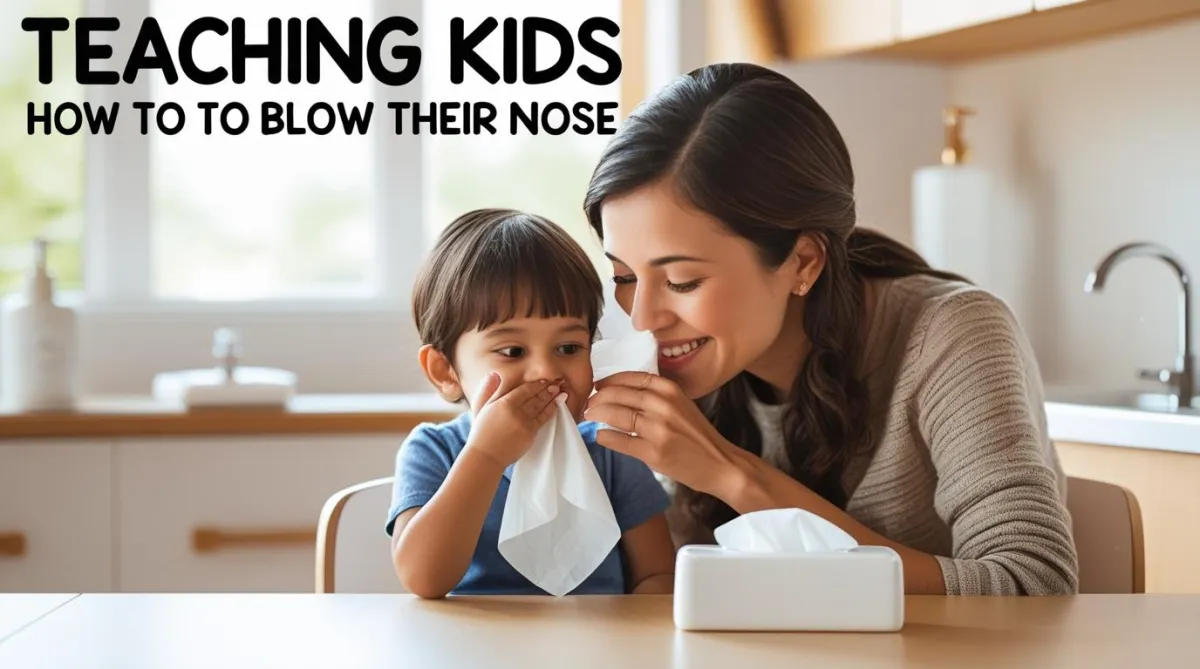
Teaching Kids How to Blow Their Nose: Building Healthy Habits with Chroma

Teaching Kids How to Blow Their Nose: Building Healthy Habits with Chroma
At Chroma, we believe that every small milestone in a child’s growth is a colorful step toward independence. While it may seem like a simple task, learning to blow their nose is a big achievement for young children. It not only keeps them comfortable but also helps them develop important hygiene habits that last a lifetime.
Why Nose-Blowing Matters
Helping children learn to blow their nose supports:
Comfort: Clearing away sniffles and stuffiness makes it easier to breathe and play.
Health: Proper tissue use helps stop germs from spreading to friends and family.
Independence: Each new skill builds confidence and self-reliance.
Just like learning to tie shoes or wash hands, nose-blowing is a self-care skill that children can feel proud of mastering.
How We Teach Nose-Blowing at Chroma
1. Explain the Purpose Simply
Children learn best when they understand why. We tell them: “Blowing your nose helps you feel better and keeps everyone healthy.”
2. Show Them What to Do
Our caregivers gently model nose-blowing, using tissues while children watch and learn.
3. Practice Without a Tissue
To make learning fun, children practice blowing air through their noses to move feathers or cotton balls. Turning practice into play makes the skill less intimidating.
4. Introduce the Tissue
Once ready, children hold a tissue with guidance, blowing gently through one side of their nose at a time.
5. Celebrate Successes
At Chroma, every effort counts! We cheer for small successes, helping children feel proud of their progress.
6. Teach the Clean-Up Routine
After blowing, children learn to throw tissues in the trash and wash their hands with soap and water — turning nose-blowing into a complete hygiene routine.
Tips for Parents to Try at Home
Make it playful: Use feathers, bubbles, or mirrors to practice.
Be consistent: Keep tissues handy and encourage regular practice.
Model often: Children copy what they see.
Be patient: Mastery takes time — celebrate each attempt.
At ChromaELA, Little Skills Create Big Confidence
Every new skill a child learns adds a bright new color to their independence. Teaching kids to blow their nose is more than a hygiene habit — it’s a chance to build confidence, encourage self-care, and nurture lifelong healthy routines.
At Chroma, we’re here to celebrate every milestone, one small step at a time.